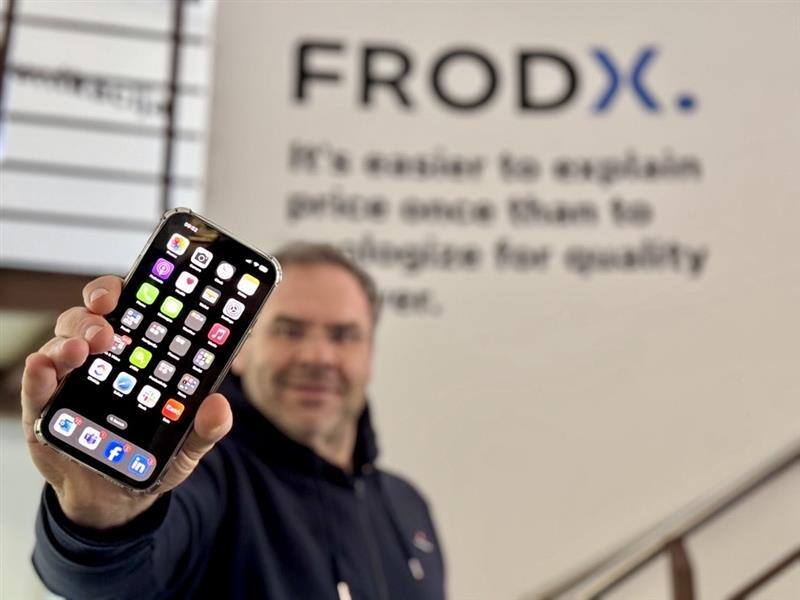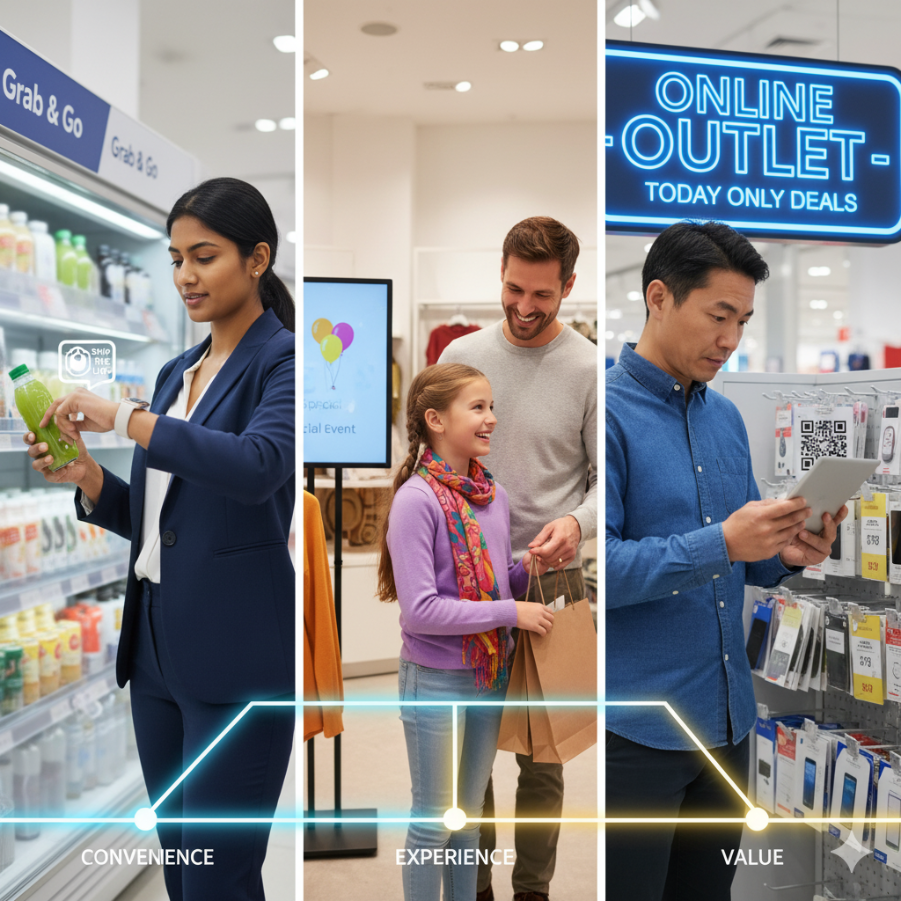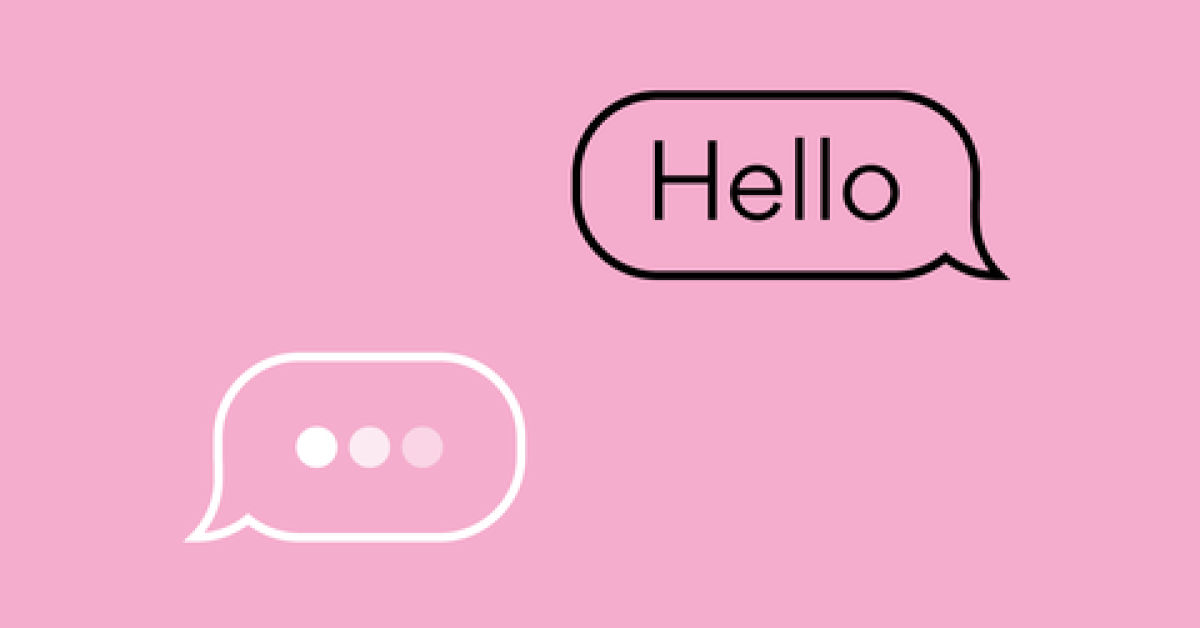Loyalty Programs: Do We Really Need Another Mobile App?

A few months ago, during the debate over government-issued computers for underprivileged families and the then-Minister of Information Society, I found myself in a discussion with IT business owners about real digital transformation projects in Slovenia. My argument? No one has done more for digitalization in Slovenia in recent years than Lidl—with its Lidl Plus app.
The app fundamentally changed shopping habits, pushed thousands of people to adopt a new digital tool, and even contributed to sustainability by reducing paper catalog distribution. Boomers quickly transitioned from circling deals in printed catalogs to activating discounts in the app, while Lidl gained unprecedented insight into customer preferences—before they even set foot in the store. This allows Lidl to anticipate demand, predict shopping baskets, and personalize offers at an individual level.
I don’t shop at Lidl often, but I hope this innovation hasn’t slowed down checkout lines too much. Either way, Lidl Plus seems like a win-win-win—for the retailer, the customer, and the environment.
Does Every Retailer Need a Mobile App?
Of course not! The key question is: How often do people shop with you?
Lidl’s customers visit at least once a week. But how often do you buy shoes or fashion items? Once or twice a year? A mobile app for those retailers would mostly just take up space and eat up data with automatic updates. Yet, many businesses don’t seem to grasp this.
Take my recent visit to a home and garden store. I was looking for a caulking gun, fireplace glass cleaner, and firelighters. At checkout, the salesperson smiled and offered me a 25% discount on one item—but only if I downloaded their mobile app.
Smart way to squeeze an extra item into my basket? Maybe. But does it really make sense to push customers into installing an app for a store they visit once or twice a year?
Wouldn’t it be simpler to just ask for my consent to store and use my personal data—and communicate with me through the channels I already use? Some people prefer email, others SMS, Viber, or WhatsApp. Instead of forcing customers to download another app, why not engage them on platforms they’re already comfortable with?
The Harsh Reality of the Digital World
Right now, I have over 200 apps on my phone. When I counted, I realized I only regularly use 13 of them—multiple times a week. The rest? They just sit there, taking up space and occasionally nagging me for updates.
If smartphone manufacturers really cared about optimizing performance, my operating system would probably suggest deleting unused apps. But of course, they know we’ll just buy a new phone when the old one starts feeling sluggish…
What Do We Actually Want?
As a customer, I only want one thing from a loyalty program: benefits. Everything else? That’s what the retailer wants.
When I walk into a store, I just want to know what discounts and perks I’m entitled to. That’s it. I don’t need daily push notifications about sales I don’t care about. I don’t want an app draining my battery just to remind me that maybe I’ll need a lightbulb in a few months.
At the same time, I get where retailers are coming from. Their goal is to create demand I wasn’t even thinking about, encourage me to visit more often, and stay top of mind. Everything else is just an operational cost.
But is a mobile app really the only way to achieve that?
The Smarter Alternative: Omnichannel CRM + Mobile Wallet
Now, imagine this: I walk into a store, and my Apple Wallet automatically shows my available vouchers and discounts.
“Welcome to XXX! Buy three items and get 25% off the most expensive one.”
No app. No registration. Just a digital membership card in Apple or Google Wallet. With modern customer relationship management tools like Emarsys, retailers can achieve everything they need:
✅ Track purchases and loyalty points
✅ Send targeted, timely messages across multiple channels from a single platform
✅ Deliver personalized offers and perks
And all of this—without the cost and hassle of developing, maintaining, and managing a mobile app.
A Win-Win for Everyone
This approach benefits everyone:
✅ Customers get a simple, non-intrusive experience
✅ Retailers save money on app development and maintenance
✅ Communication becomes more relevant and contextual, delivered through the channels customers actually use
So, What Makes Your Loyalty Program Special?
For most retailers, there are far better alternatives than a dedicated mobile app. Mobile Wallet, email, SMS, Viber, WhatsApp, and CRM-based ad targeting (on Meta, Google, and TikTok) can fully meet the needs of both retailers and customers.
Of course, there are exceptions—retailers with high purchase frequency and specific interactive needs (like Petrol Go, which allows fuel payments without visiting the checkout) might genuinely benefit from their own app.
For everyone else? Less is more.


